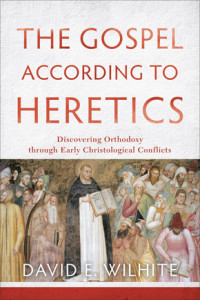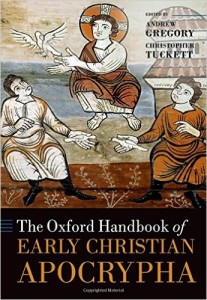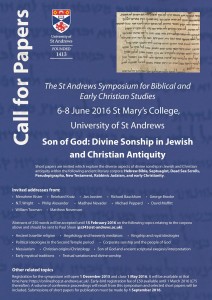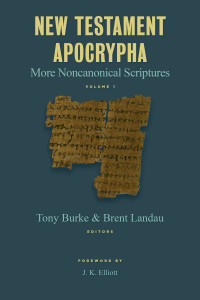New Bibliographical Resource: “e-Clavis: Christian Apocrypha”
The first collaborative project initiated by the North American Society for the Study of Christian Apocryphal Literature (NASSCAL) is a comprehensive clavis and bibliography on the Christian Apocrypha. The last attempt at creating such a resource, James H. Charlesworth’s print bibliography (The New Testament Apocrypha and Pseudepigrapha: A Guide to Publications, with Excurses on Apocalypses. ATLA Bibliography Series 17. Metuchen, NJ: Scarecrow, 1987), is now almost 30 years old. It is time to update and expand Charlesorth’s work, but this time as an electronic resource.
The process envisioned for the creation of e-Clavis: Christian Apocrypha is to enlist members of NASSCAL to contribute entries on texts on which they have already completed, or are in the process of completing, a substantial body of work. Essentially, the contributors will be required to simply reformat and slightly augment bibliographies that are already largely complete and, presumably, being continually updated. Along with print resources, each entry includes also a detailed description (a summary, the various titles used in scholarship, clavis numbers, and identification of related literature), an inventory of manuscript sources (with online images where available), an extensive bibliography (including online resources), and information about the text’s use in iconography and popular culture.
For the complete (but certainly expandable) list of texts covered, visit the e-Clavis page at NASSCAL.com:
http://www.nasscal.com/e-clavis-christian-apocrypha/
At this moment, 12 entries have been completed, and another 42 are assigned and in progress. For examples of completed entries, see:
http://www.nasscal.com/e-clavis-christian-apocrypha/infancy-gospel-of-thomas/
http://www.nasscal.com/e-clavis-christian-apocrypha/dialogue-of-the-paralytic-with-christ/
http://www.nasscal.com/e-clavis-christian-apocrypha/hospitality-and-ointment-of-the-bandit/
One of the primary goals of





